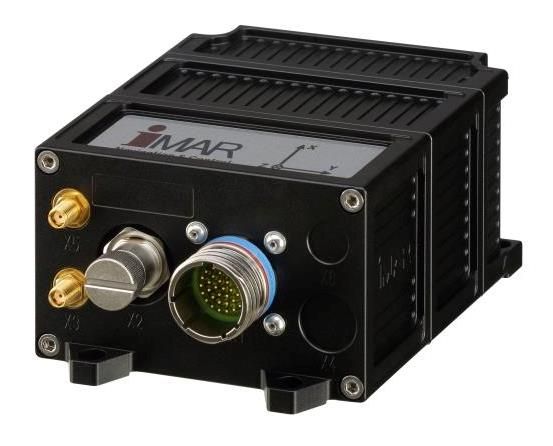Gyro Compassing and GNSS Compassing Systems (output of true heading, position & speed)
Systems providing true heading (true north) and motion dynamics
Gyro Compassing Systems: They use the rotation rate of the Earth to determine true north in both static and dynamic condition (i.e. on land vehicles, within underground drillheads, in the air, on high seas or in subsea). The closer the system operates to the poles, the lower the north finding accuracy by physical laws. i.e. the heading error increases with secans latitude (= 1/cos(lat)).
GNSS Compassing Systems: They use the position measurement of two GNSS antennas to determine true north in both static and dynamic condition (i.e. on land vehicles, in the air and on high seas). The key for the GNSS based heading deternination is the realtime calculation of a so-called local RTK solution between the both antennas. This requires that the baseline between the two GNSS antennas must be very constant within better than 1 mm. Both GNSS antennas have to observe the same GNSS satellites at the same time. As this dual-antenna heading is comparable noisy, it is smoothed inside of the INS/GNSS data fusion and as a result also the heading is provided with high data rate.
Weitere Informationen
Im Download-Bereich findet man Handbücher, Berichte von Anwendern und weitere Informationen.





